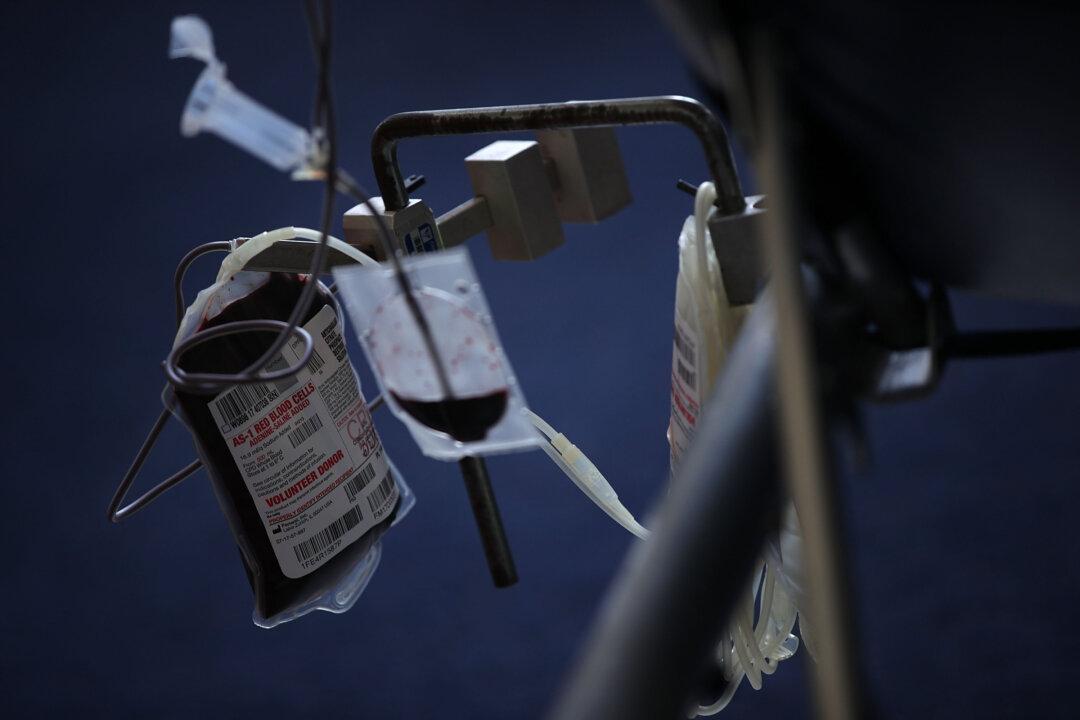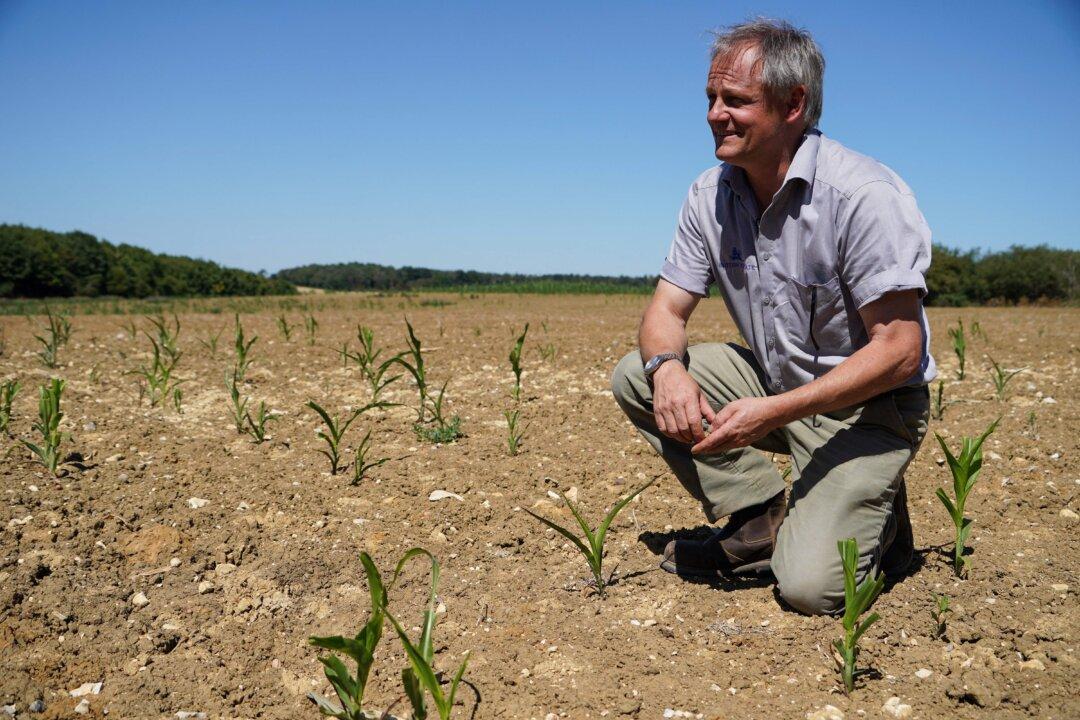British school leaving grades have fallen, according to data published Thursday, as exam boards reigned in “grade inflation” from the lockdowns, when schools were shut and A-level exams replaced with teacher assessment.
The A-level exam results in England show 82.1 percent of students received a C grade or above compared to 88.2 percent in 2021 and 87.5 in 2020. Grades were also down in Wales and Northern Ireland. Scotland has a different examination system.




